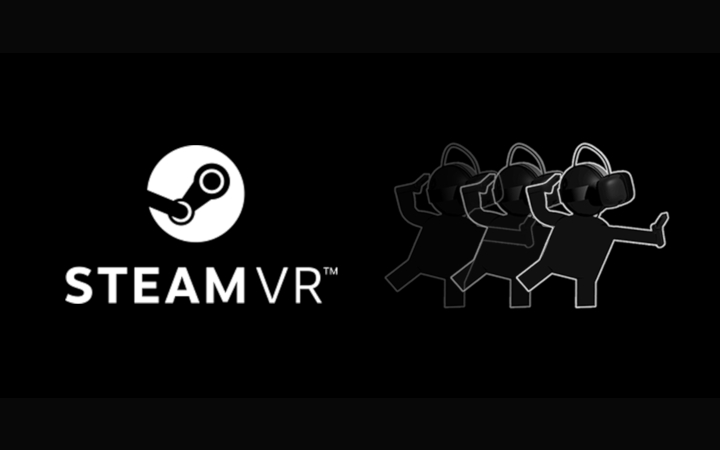SteamVR Tries Bringing VR to Weaker GPUs With Motion Smoothing Feature
Part of the problem with PC-based VR is the cost of entry. The headsets are rapidly declining in price, sure, but having the optimal experience still requires expensive hardware that many gamers don't have in their systems. That's part of the reason standalone VR is so popular--all people have to do is buy a headset without having to worry about picking up a new processor, graphics card, or other parts. But Valve wants to make PC-based VR more accessible. This week, the company announced beta testing of a new feature in SteamVR called Motion Smoothing that "enables more players on more PCs to play high-fidelity VR games and experiences."
Valve said the Motion Smoothing feature will allow people with lower-end graphics cards play VR experiences at 90Hz and will also improve the experience on higher-end GPUs by letting them render at higher resolutions too.
The company noted that SteamVR Motion Smoothing isn't the same as the motion smoothing feature TVs use. That feature results in a smoother image at the cost of higher latency, but that would harm the VR experience, so Valve worked out a new system. SteamVR Motion Smoothing effectively "synthesizes" multiple frames into a single frame to reduce the workload.
The company explained: "When SteamVR sees that an application isn’t going to make framerate (i.e. start dropping frames), Motion Smoothing kicks in. It looks at the last two delivered frames, estimates motion and animation and extrapolates a new frame. Synthesizing new frames keeps the current application at full framerate, advances motion forward and avoids judder."
This system is only supposed to kick in when it detects performance issues. It can also be manually disabled by going to Settings -> Video or Settings -> Applications in the SteamVR Beta. Besides giving people more control over their experience, having the option to disable Motion Smoothing could also make it easier to compare performance with and without the feature, just in case someone's worried it's just a placebo.
SteamVR Motion Smoothing: the Bad News
Now for the bad news: Motion Smoothing is limited to a subset of SteamVR users. Valve said the beta requires Windows 10 as well as an Nvidia GPU. Motion Smoothing also isn't available on the Oculus Rift or Windows Mixed Reality devices because "their underlying display drivers use different techniques when applications miss framerate." If the feature works well, hopefully it will expand to more SteamVR users in the future.
Get Tom's Hardware's best news and in-depth reviews, straight to your inbox.

Nathaniel Mott is a freelance news and features writer for Tom's Hardware US, covering breaking news, security, and the silliest aspects of the tech industry.
-
glitchsys "Motion Smoothing also isn't available on the Oculus Rift or Windows Mixed Reality devices" well then that only leaves the HTC Vive. Generally most Steam VR games has the 3 icons "HTC Vive", "Oculus Rift", and "Windows Mixed Reality". If 2 out of the 3 aren't supported with this new VR feature, then that leaves just the Vive. Unless some other new VR headset that connects to the PC has come out that most VR games support that uses a different technology that I'm not aware of.Reply -
secretxax Just be glad that it's at least coming out (slowly). Most likely all 3 VR platforms will have it. It is a beta afterall. Steam has no reason to waste its efforts if in the end it's only going to support only 1 or 3 platforms. It's development, it takes time.Reply -
Sakkura Reply21415182 said:"Motion Smoothing also isn't available on the Oculus Rift or Windows Mixed Reality devices" well then that only leaves the HTC Vive. Generally most Steam VR games has the 3 icons "HTC Vive", "Oculus Rift", and "Windows Mixed Reality". If 2 out of the 3 aren't supported with this new VR feature, then that leaves just the Vive. Unless some other new VR headset that connects to the PC has come out that most VR games support that uses a different technology that I'm not aware of.
True, but the Oculus Rift has already had ASW 1.0 support for two years. This "motion smoothing" is the same feature.
Oculus is about to launch ASW 2.0, by the way, which gets rid of some of the artifacting you get from ASW 1.0 (and "motion smoothing").
